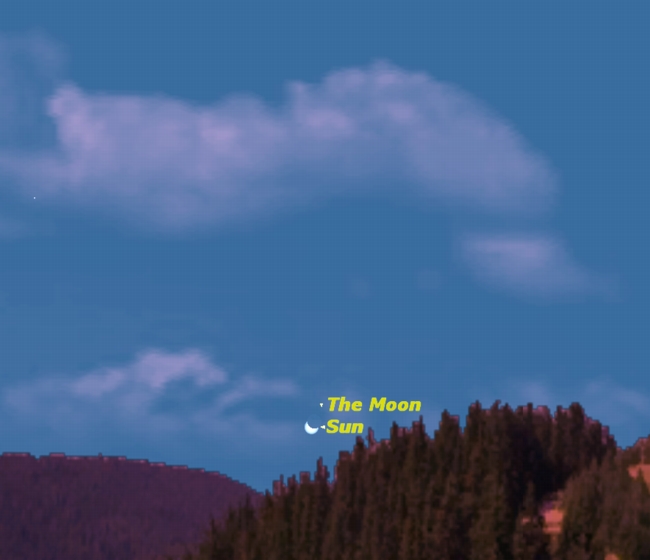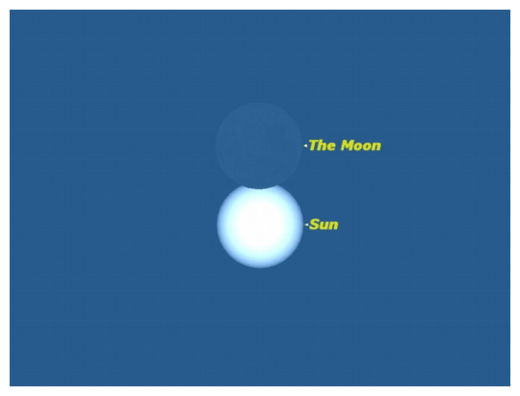
A solar eclipse at midnight? How is such a thing possible?
It can happen near midsummer in the high Arctic, the land of the midnight sun. And it will happen next week on June 1 and 2, visible in the northernmost reaches of North America, Europe, and Asia.
These two solar eclipse sky maps available here detail what observers could see during some of the upcoming eclipses of the sun and moon in June.

'Midnight' solar eclipse of June 2
The eclipse begins on Thursday, June 2, at dawn in northern China and Siberia, then moves across the Arctic, crossing the International Date Line and ending in the early evening of Wednesday, June 1, in northeastern Canada.
That's right: The eclipse begins on Thursday and ends on Wednesday because of the International Date Line. Because observers in northern Russia and Scandinavia will be observing it over the North Pole, they will actually see it in what is, for them, the middle of the night of June 1 and 2.
Solar eclipse no one will see on July 1
Exactly a month later, on Friday, July 1, an equally bizarre eclipse will occur in the Antarctic.
Because this is the southern winter, the sun will be below the horizon for almost all of Antarctica, except for a small uninhabited stretch of coast due south of Madagascar. The only place the eclipse will clear the horizon will be in a small area of the Southern Ocean, far to the south of South Africa.
Chances are that this eclipse will be witnessed only by penguins and sea birds.
Lunar Eclipse of June 15
Exactly halfway in between these two partial solar eclipses, there will be a total eclipse of the moon on Wednesday, June 15.
The eclipse will be visible for millions of people in Africa, the Middle East and southwestern Asia. It will be visible as the moon rises in the early evening in South America and Europe, and as the moon sets before dawn in eastern Asia and Australia.
Unfortunately, it will not be visible anywhere at all in North America.



Wasn't this predicted by Nostradamus?